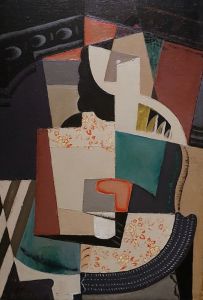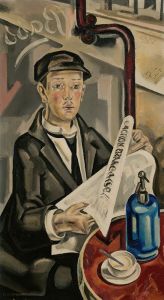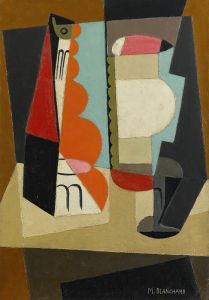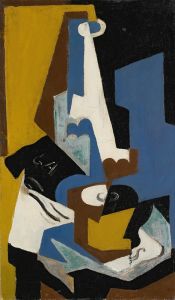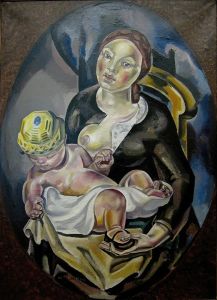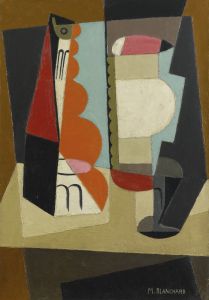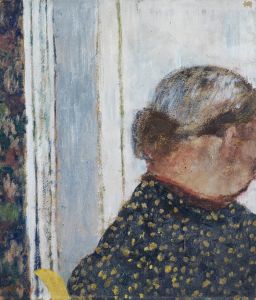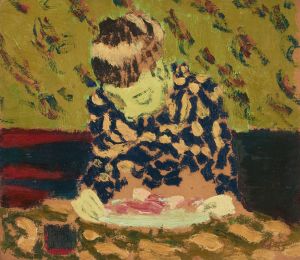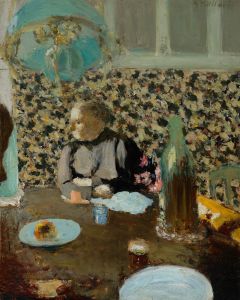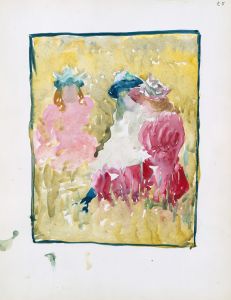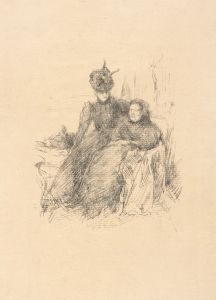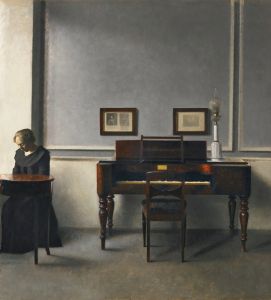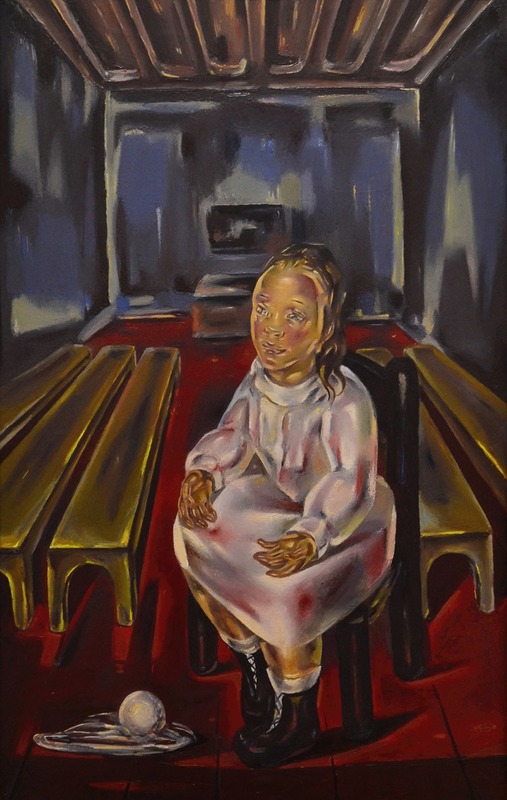
Fillette assise
A hand-painted replica of María Blanchard’s masterpiece Fillette assise, meticulously crafted by professional artists to capture the true essence of the original. Each piece is created with museum-quality canvas and rare mineral pigments, carefully painted by experienced artists with delicate brushstrokes and rich, layered colors to perfectly recreate the texture of the original artwork. Unlike machine-printed reproductions, this hand-painted version brings the painting to life, infused with the artist’s emotions and skill in every stroke. Whether for personal collection or home decoration, it instantly elevates the artistic atmosphere of any space.
María Blanchard was a prominent Spanish painter known for her contributions to the Cubist movement in the early 20th century. One of her notable works is "Fillette assise," which translates to "Seated Little Girl." This painting exemplifies Blanchard's unique approach to Cubism, characterized by her use of geometric forms and a distinctive color palette.
"Fillette assise" was created during a period when Blanchard was deeply engaged with the Cubist movement, which was pioneered by artists like Pablo Picasso and Georges Braque. Unlike some of her contemporaries, Blanchard's work often incorporated a more personal and emotional depth, reflecting her own experiences and perspectives. This painting is a testament to her ability to blend the avant-garde techniques of Cubism with a sense of humanity and warmth.
The painting depicts a young girl seated, rendered in a series of geometric shapes and planes that are typical of Cubist art. Blanchard's use of color in "Fillette assise" is particularly noteworthy. She employs a muted palette, with soft blues, greens, and earth tones, which adds a serene and contemplative quality to the piece. The girl's form is fragmented and abstracted, yet Blanchard manages to convey a sense of innocence and introspection through her composition.
Blanchard's approach to Cubism was influenced by her personal life and the challenges she faced. Born in 1881 in Santander, Spain, she suffered from physical disabilities due to a congenital condition. These experiences may have informed her empathetic portrayal of subjects, often focusing on themes of vulnerability and resilience. Her work, including "Fillette assise," reflects a deep understanding of the human condition, transcending the often impersonal nature of Cubism.
Throughout her career, Blanchard maintained close relationships with other artists and intellectuals of her time. She moved to Paris, where she became part of the vibrant artistic community, interacting with figures such as Diego Rivera and Juan Gris. This environment provided her with the opportunity to experiment and refine her style, leading to the creation of works like "Fillette assise."
"Fillette assise" is an important piece within Blanchard's oeuvre, showcasing her ability to merge the structural elements of Cubism with a poignant emotional narrative. The painting is a reflection of her skill in balancing abstraction with a sense of intimacy, making it a significant contribution to the art movement of the early 20th century.
Today, María Blanchard is recognized as a key figure in the history of modern art, and her works continue to be studied and appreciated for their innovative approach and emotional depth. "Fillette assise" remains a testament to her artistic vision and her ability to capture the complexities of human emotion through the lens of Cubism.





